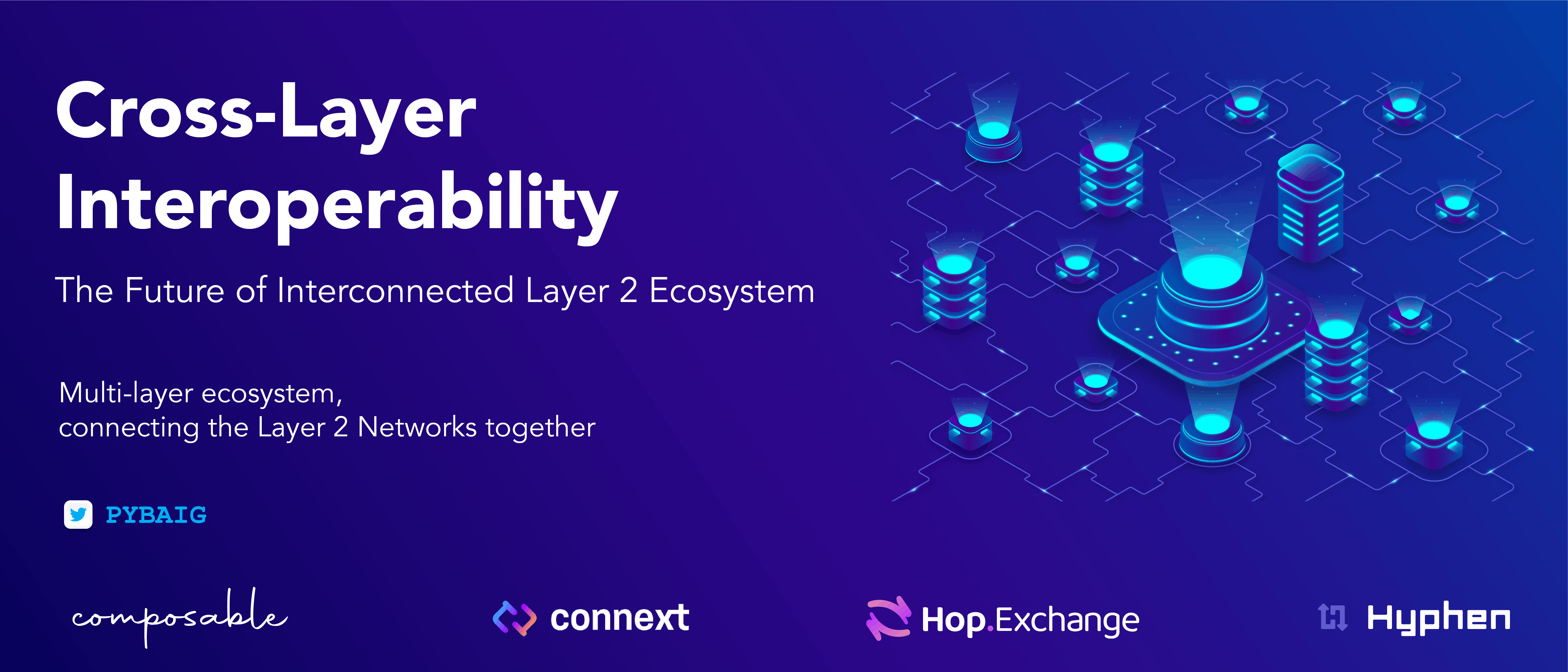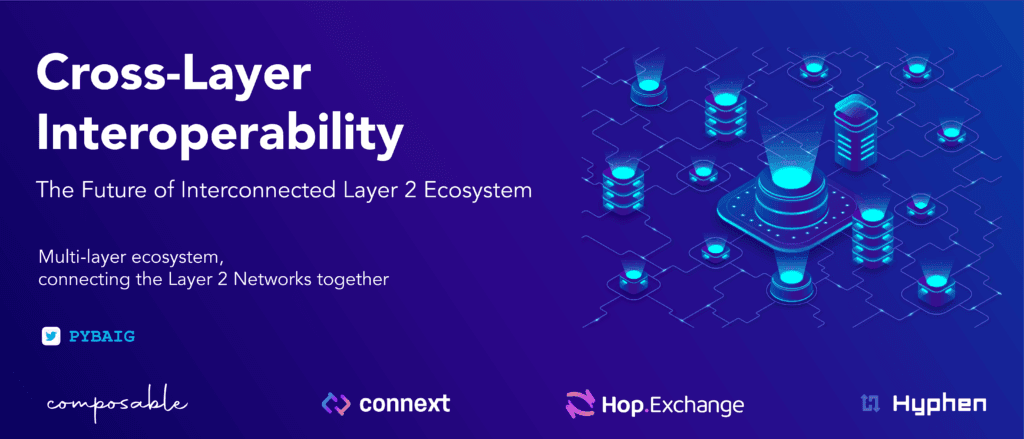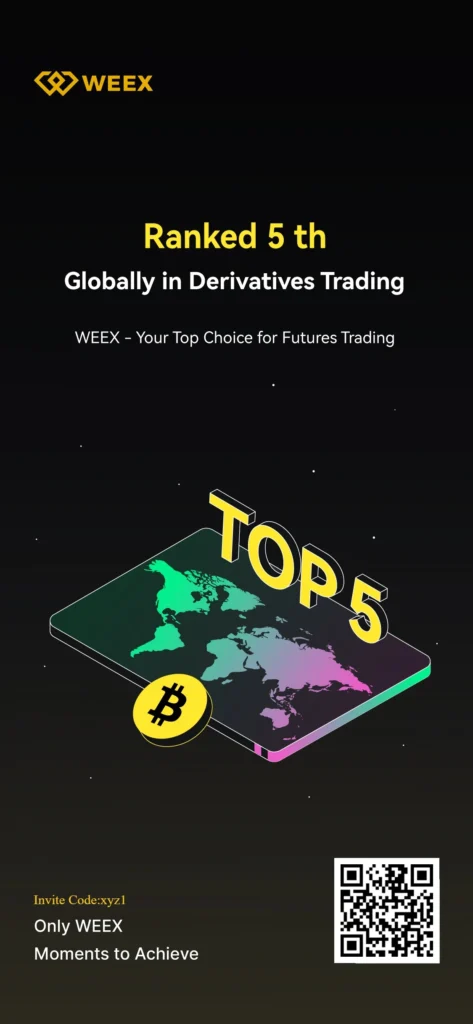

In the rapidly evolving world of blockchain technology, Layer 2 solutions are playing a crucial role in addressing scalability issues and improving transaction efficiency. But their impact extends beyond just scaling; they are also making significant strides in enhancing cross-chain interoperability. By bridging gaps between different blockchain networks, these solutions are paving the way for a more connected and versatile blockchain ecosystem. Here’s a look at how Layer 2 solutions are transforming cross-chain interactions and what it means for the future of blockchain technology.
Understanding Layer 2 Solutions
Layer 2 solutions are protocols built on top of the main blockchain (Layer 1) to improve its scalability, speed, and cost-efficiency. They operate by processing transactions off-chain or through secondary layers and then finalizing them on the main chain. This approach helps to alleviate the congestion on the main blockchain, reduces transaction fees, and enhances overall network performance.
The Importance of Cross-Chain Interoperability
Cross-chain interoperability refers to the ability of different blockchain networks to communicate and interact with each other seamlessly. This capability is essential for a unified blockchain ecosystem where assets, data, and applications can move freely across various networks. Without effective cross-chain solutions, blockchain technology remains fragmented, limiting its potential and usability.
How Layer 2 Solutions Enhance Cross-Chain Interoperability
Optimistic Rollups and Cross-Chain Bridges
Optimistic Rollups, used by solutions like Optimism and Arbitrum, enhance cross-chain interoperability by providing efficient ways to handle transactions and interactions between different networks. These rollups bundle transactions off-chain and submit them as a single batch to the main blockchain. By integrating with cross-chain bridges, Optimistic Rollups enable users to move assets and data between different Layer 1 and Layer 2 networks smoothly.
zk-Rollups and Cross-Chain Communication
zk-Rollups, such as those employed by zkSync, use zero-knowledge proofs to validate and bundle transactions off-chain. This technology not only increases scalability but also improves cross-chain communication. zk-Rollups can interact with other Layer 2 solutions and Layer 1 blockchains, facilitating seamless data transfer and interoperability across diverse blockchain ecosystems.
Layer 2 Solutions and Decentralized Exchanges (DEXs)
Decentralized exchanges (DEXs) are crucial for facilitating cross-chain transactions. Layer 2 solutions enhance DEXs by providing faster and cheaper transactions, which are essential for efficient cross-chain trading. With Layer 2 scaling, DEXs can handle higher transaction volumes and offer better liquidity, making cross-chain swaps and asset transfers more practical and user-friendly.
Interoperability Protocols and Layer 2 Integration
Several interoperability protocols are emerging to connect different Layer 1 and Layer 2 networks. These protocols, such as Polkadot and Cosmos, leverage Layer 2 solutions to enable seamless communication between various blockchains. By integrating Layer 2 scaling solutions, these protocols can handle more transactions and provide better performance, enhancing the overall interoperability of the blockchain ecosystem.
Enhanced User Experiences and Cross-Chain Applications
Layer 2 solutions contribute to a more seamless user experience by reducing transaction fees and latency. This improvement is particularly beneficial for cross-chain applications, which require efficient and cost-effective interactions between different networks. With Layer 2 solutions, users can enjoy faster transactions, lower fees, and a more integrated blockchain experience across various platforms and applications.
Conclusion
Layer 2 solutions are more than just a scalability fix; they are essential for enhancing cross-chain interoperability and bridging gaps between different blockchain networks. By improving transaction speeds, reducing costs, and facilitating seamless communication, these solutions are paving the way for a more connected and efficient blockchain ecosystem. As blockchain technology continues to evolve, Layer 2 solutions will play a pivotal role in ensuring that different networks can interact and collaborate effectively, unlocking new opportunities for users and developers alike.
FAQs
1. What are Layer 2 solutions?
Layer 2 solutions are protocols built on top of the main blockchain (Layer 1) to enhance scalability, speed, and transaction efficiency by processing transactions off-chain or through secondary layers.
2. How do Optimistic Rollups improve cross-chain interoperability?
Optimistic Rollups bundle transactions off-chain and submit them to the main blockchain as a single batch, enabling smoother interactions between different Layer 1 and Layer 2 networks through cross-chain bridges.
3. What is zk-Rollups and how does it facilitate cross-chain communication?
zk-Rollups use zero-knowledge proofs to validate and bundle transactions off-chain, improving scalability and enabling seamless communication and interoperability between various Layer 1 and Layer 2 blockchains.



